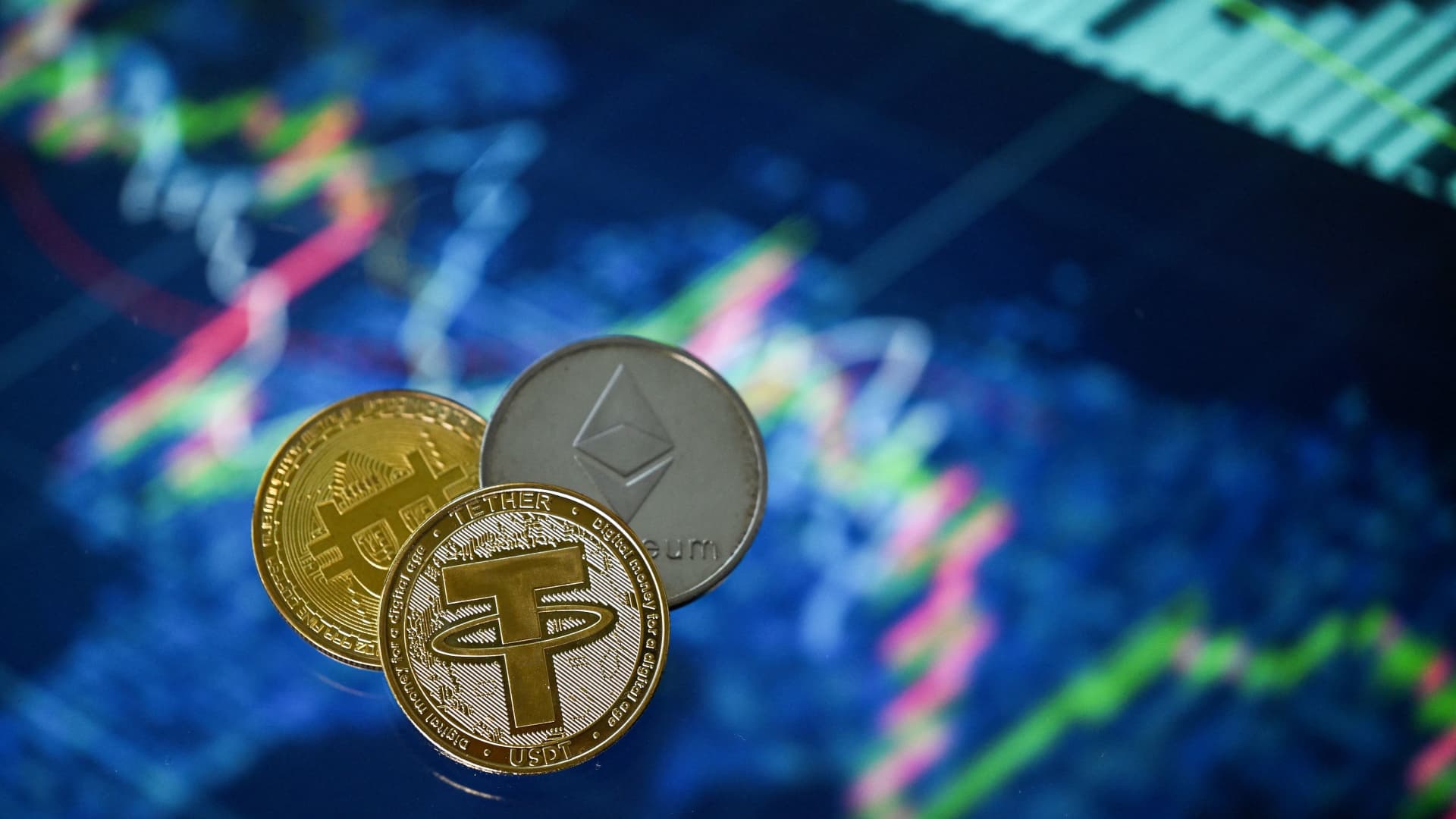Cryptocurrency giant Tether is setting up a bitcoin mining operation in Uruguay using renewable energy, as the company looks to diversify the revenue mix to support its USDT stablecoin.
The company said Tuesday that it plans to invest its resources into renewable energy production, marking its first foray into the energy sector.
Tether added it is also on the hunt for “experts in the area” to support its expansion into the renewable energy space. Mining bitcoin is notoriously power-intensive, relying on a distributed network of computers around the world to verify that transactions are legitimate and release new coins into circulation.
“By harnessing the power of Bitcoin and Uruguay’s renewable energy capabilities, Tether is leading the way in sustainable and responsible Bitcoin mining,” said Paolo Ardoino, CTO of Tether.
“Our unwavering commitment to renewable energy ensures that every Bitcoin we mine leaves a minimal ecological footprint while upholding the security and integrity of the Bitcoin network.”
Earlier this month, Tether said it would shift its treasury management strategy to start investing a portion of its net profit in bitcoin.
The company committed to use up to 15% of its net profit to purchase bitcoin, mimicking strategies from businesses such as Tesla and MicroStrategy.
Tether issues what is known as a stablecoin — a token that, unlike bitcoin and other cryptocurrencies, is meant to hold a stable value at all times.
USDT is the largest stablecoin in the market, with a circulating supply of more than $83.2 billion, according to CoinGecko data. It competes with Circle’s USD Coin and Binance’s BUSD.
Stablecoins are used by traders to move in and out of different cryptocurrencies without converting money back into fiat currencies.
Tether says that each of its USDT tokens in circulation are backed 1-to-1 by an equivalent amount of U.S.-denominated assets held in reserve.
The company has gotten into hot water in the past, as regulators and economists have questioned the integrity of the assets underlying its token. Tether previously held most of its assets in commercial paper, a less liquid form of a corporate debt. It has more recently replaced all of its commercial paper with U.S. Treasurys.
Uruguay is seen as a leader in renewable energy production, sourcing more than 98% of its electricity output from renewables, primarily wind and hydropower, according to the U.S. International Trade Administration.
WATCH: Can crypto clean up its dirty image?






